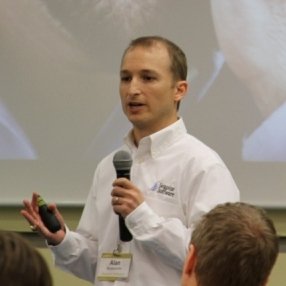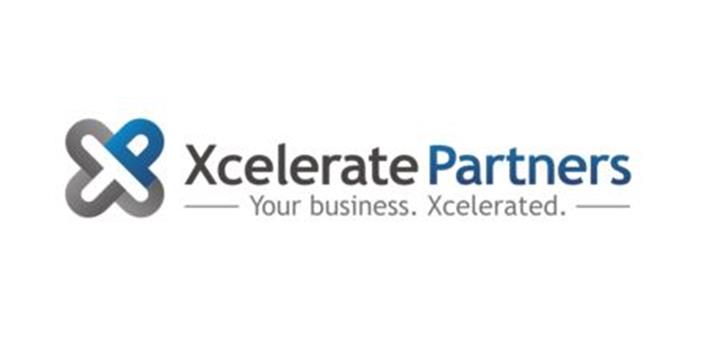Every organization is Agile these days. You kind of eluded to it there before in our conversation. How has that affected your work or other parts of the organization are saying, we all need to have daily stand-ups. Are they taking the tools and maybe not some of that real Agile spirit? – Joe Dager
 . : Yes. I think the great thing about what I’m doing right now with another current client is it’s more than just working with the software professionals. It is an organizational change. These opportunities don’t come along very often, where you get to affect change across the organizations – sales, and marketing, and human resources, and all those require different skills sets. Most of my background is working with the software development folks and product folks because any Agile transformation is going to require the business lines talking to the engineers. That without a doubt is critical to a successful Agile adoption. But in the organizational change initiative, you’ve got other areas that may not even really touch engineering, but they’re still interested such as human resources. We really want to bring in a lot of those lean concepts, and so we have specialists that can come in and help those individuals out.
. : Yes. I think the great thing about what I’m doing right now with another current client is it’s more than just working with the software professionals. It is an organizational change. These opportunities don’t come along very often, where you get to affect change across the organizations – sales, and marketing, and human resources, and all those require different skills sets. Most of my background is working with the software development folks and product folks because any Agile transformation is going to require the business lines talking to the engineers. That without a doubt is critical to a successful Agile adoption. But in the organizational change initiative, you’ve got other areas that may not even really touch engineering, but they’re still interested such as human resources. We really want to bring in a lot of those lean concepts, and so we have specialists that can come in and help those individuals out.
But yes, I think a lot of the focus is on results. We want to be able to see results from the changes. I’ve seen this time and time again where even teams like I would say the intangible results where people are talking more to each other, they’ve got very high morale, they see what other teams are doing, and they’re like, “Hey, I want that Agile stuff. I want to be more Agile like these other teams. I’ve heard such great things about it.” These guys are going out and celebrating together, and they see the results of the work much sooner. No one wants to be on a project where they don’t see the end result until six months down the road or a year and the most likely scenario, a year down the road, and nobody knows what that’s going to look like. And then there’s a slow slug towards that end result.
When other teams see teams that are delivering something in a matter of a couple to a few weeks worth of time and then they’re celebrating those successes, then that just builds within the organization and over time, you see other areas of companies wanting to embark on the same journey, and that’s where you get into things like sales and human resources and those areas, and then we bring people in that can help in those areas. So yes, but I think you have to start with results first, and more often than not, someone like myself or one of my colleagues would have brought in to work with engineering and the product side of the house and then that would just proliferate over time to other areas of the organizations. But it’s exciting to watch. I probably see that less where it gets into places like marketing, sales, HR, less than I would like, but it’s a great thing to see when it starts to happen when I do get those opportunities.
This is an excerpt from next week’s podcast. with Alan Bustamante. Alan is the founder of Xcelerate Partners, a technology consulting firm focused on helping organizations rapidly deliver high quality software products using agile development techniques. They provide agile training, coaching and delivery services to business of all sizes. Alan is active in the Agile Communities and plays a leadership role within Agile Cincinnati; as well as, speaking at conferences and professional groups across the planet. The Xcelerate Partner consultants are certified by the most respected and recognized certifying organizations, including IBM Rational, Scaled Agile Framework (SAFe), Project Management Institute, Scrum Alliance, Object Management Group, and Innovation Games.

